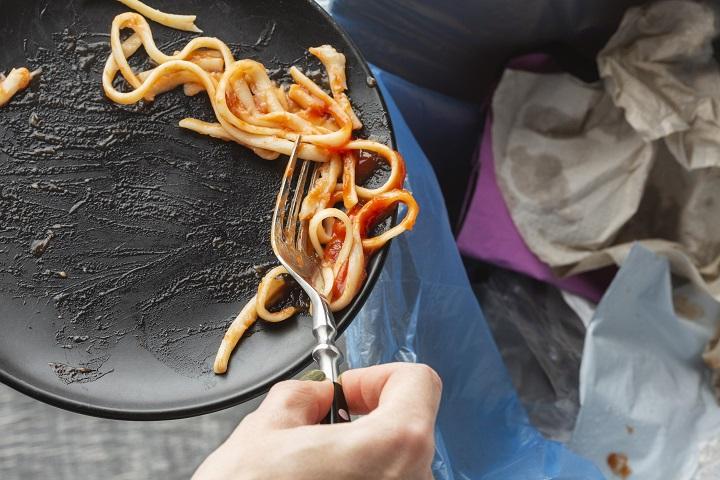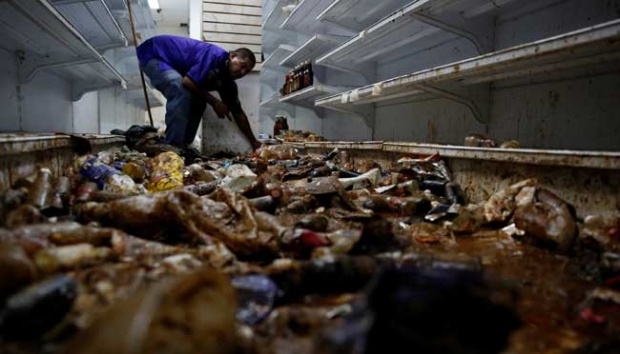The Paradox of Indonesia's Food Waste and Food Shortage
Translator
Editor
28 October 2021 08:53 WIB

TEMPO.CO, Jakarta - Indonesia is one of the countries that has pledged support for sustainable development goals on reducing half of its food waste and food losses by the year 2030. However, we are currently still one of the largest producers of food waste and loss as we produce roughly 300 kilograms per capita annually.
Data from the Ministry of Environment and Forestry last year shows that food waste constitutes 39.8 percent of the entire waste varieties produced by members of the public.
“This data creates discrepancies with the food scarcity issue among society,” said Anggi Pertiwi Putri, National Development Planning Agency (Bappenas) Directorate of Environment planner, in a Waste4Change press release.
According to Anggi, 8.34 percent of Indonesians still suffer from food shortages. The global food security index suggests Indonesia ranks 65th out of 113 countries, which is also well below other ASEAN countries.
The Bogor Institute of Agriculture (IPB) deputy rector Drajat Martianto said Indonesia has more than enough supply of calorie and protein but the problem is not all Indonesians are able to access it, “Which shows a pretty significant discrepancy,” he said.
Waste4Change Consulting Manager and Team Leader Food Loss Waste Study, Anissa Ratna Putri, said that between the year 2000 - 2019, Indonesia’s food waste reached 115-184 kilograms per capita annually. This means around 23-48 million tons per year.
Putri said the biggest contributors in crops are grains with 44 percent while the most inefficient food sector is horticulture crops. “There are more vegetables that end up getting thrown away rather than consuming it,” said Putri.
Read: Indonesian Food Waste Reaches 23-48 Tons Per Year
RINI KUSTIANI





















